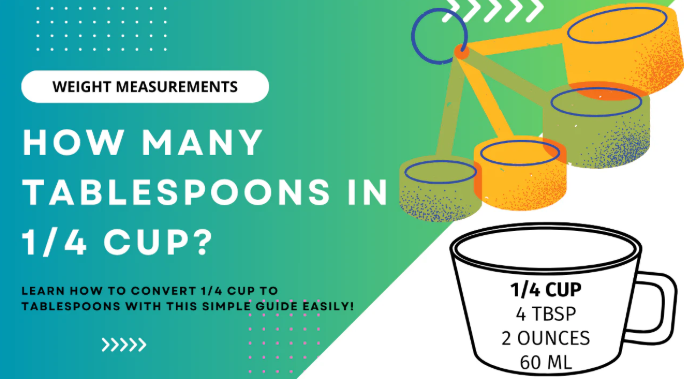How Many Ounces in a Cup – Easy Guide for Everyone

How many ounces in a cup is a question that pops up often in cooking and baking. If you are new in the kitchen or just want your recipes to be right, knowing the answer is very important. Many people guess, but guessing can change the taste or texture of your food. Measuring the right way helps you get the same good result every time. This guide will help you understand ounces and cups in a simple way. You will learn how they work together, and we will also talk about the difference between liquid and dry ingredients. No more guessing — just clear, easy tips you can remember.
How many ounces in a cup is not always the same for every ingredient. A cup of water is not the same weight as a cup of flour. That’s why it is important to know if your recipe means liquid ounces or weight ounces. Liquids like milk, juice, or oil are measured in fluid ounces. Dry things like sugar, flour, or rice are measured in weight ounces. In this post, we will share a simple chart, real-life examples, and tips for measuring like a pro. You will feel more confident in the kitchen and never have to wonder about this question again.
How Many Ounces in a Cup – The Simple Answer
In the United States, 1 cup usually means 8 fluid ounces when talking about liquids. This is true for water, milk, juice, or other drinks. But if you measure dry items, the answer changes because dry ingredients have different weights. For example, 1 cup of flour weighs about 4.5 ounces, while 1 cup of sugar weighs about 7 ounces. That’s why knowing the type of ingredient is the first step before deciding how many ounces are in your cup.
Why Knowing Ounces in a Cup Matters for Recipes
Cooking is more forgiving, but baking is like science. The wrong measurement can ruin the whole recipe. If you use too much flour in bread, it can turn out hard and dry. Too little sugar in cookies, and they may not brown well. Even for soups or sauces, the taste can change if you add too much or too little of something. Knowing how many ounces in a cup helps you follow the recipe as the creator intended, giving you the best result every time.
Difference Between Liquid Ounces and Dry Ounces
A fluid ounce measures volume — how much space a liquid takes up. A weight ounce measures mass — how heavy something is. You cannot switch them directly unless you know the ingredient’s density. For example, 1 cup of olive oil is 8 fluid ounces in volume, but it weighs about 7.6 ounces. The confusion happens because the word “ounce” is used for both. Always check if your recipe means fluid ounces (volume) or ounces (weight).
Measuring Liquids vs. Dry Ingredients the Right Way
For liquids, use a measuring cup made of glass or plastic with a spout for easy pouring. Put it on a flat surface, pour the liquid in, and check at eye level to avoid mistakes.
For dry ingredients, use a dry measuring cup (the kind without a spout). Fill the cup and then level it off with a flat edge like the back of a knife. Scooping directly from the bag can pack too much into the cup, so it’s better to spoon the ingredient into the cup first, then level it.
Easy Conversion Chart for Ounces and Cups
Here is a quick chart to help you:
Liquids (Fluid Ounces)
- 1/4 cup = 2 fl oz
- 1/3 cup = 2.67 fl oz
- 1/2 cup = 4 fl oz
- 1 cup = 8 fl oz
Dry Examples (Weight Ounces)
- 1 cup all-purpose flour = ~4.5 oz
- 1 cup granulated sugar = ~7 oz
- 1 cup butter = 8 oz (by weight)
Common Cooking Mistakes When Measuring Cups and Ounces
One common mistake is using a liquid measuring cup for dry items or the other way around. This can change the amount you add. Another mistake is skipping the leveling step for dry items, which can pack more into the cup than needed. Some people also guess instead of measuring, which can work for experienced cooks but not for beginners or precise recipes like cakes.
Quick Tips to Remember Ounces in a Cup
- For liquids: 1 cup = 8 fluid ounces
- Always check if your recipe means volume (fluid) or weight ounces
- Use the right type of measuring cup for liquids and dry items
- Keep a small kitchen scale for accuracy when measuring dry items by weight
- Remember: Ingredients have different weights, so 1 cup of one thing may weigh more or less than 1 cup of another thing
Real-Life Examples for Everyday Cooking
If you are making a smoothie and need 2 cups of milk, that’s 16 fluid ounces.
If you are baking cookies and need 2 cups of flour, that’s about 9 ounces by weight.
If a recipe calls for 1/2 cup of butter, you can use 4 ounces from the butter wrapper marks.
Once you understand this, you can quickly adapt recipes or scale them up and down without messing up the balance of flavors and textures.
Conclusion
Knowing how many ounces in a cup is one of the most basic but important cooking skills. It saves you from recipe disasters, helps you make consistent meals, and builds your confidence in the kitchen. Remember that liquid and dry ounces are different, and always measure using the right tools. With practice, you’ll be able to measure without even thinking — and your food will thank you for it.
FAQs
Q1: Is 1 cup always 8 ounces?
No. 1 cup is 8 fluid ounces for liquids, but for dry ingredients, the weight in ounces depends on what you are measuring.
Q2: How many ounces in a half cup?
For liquids, a half cup is 4 fluid ounces. For dry items, it depends on the ingredient’s weight.
Q3: Can I use the same cup for liquids and dry ingredients?
It’s better to use separate measuring cups for liquids and dry ingredients for accuracy.





